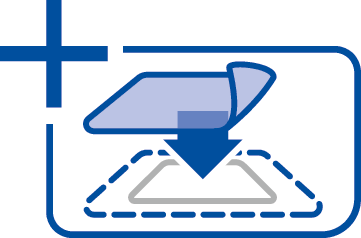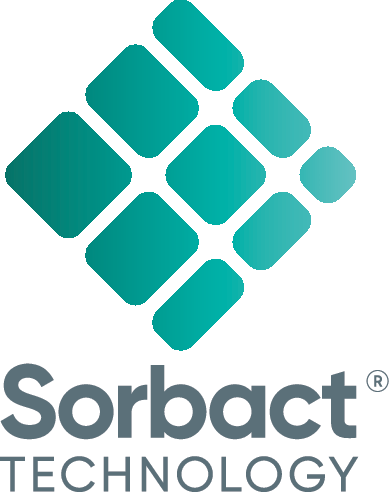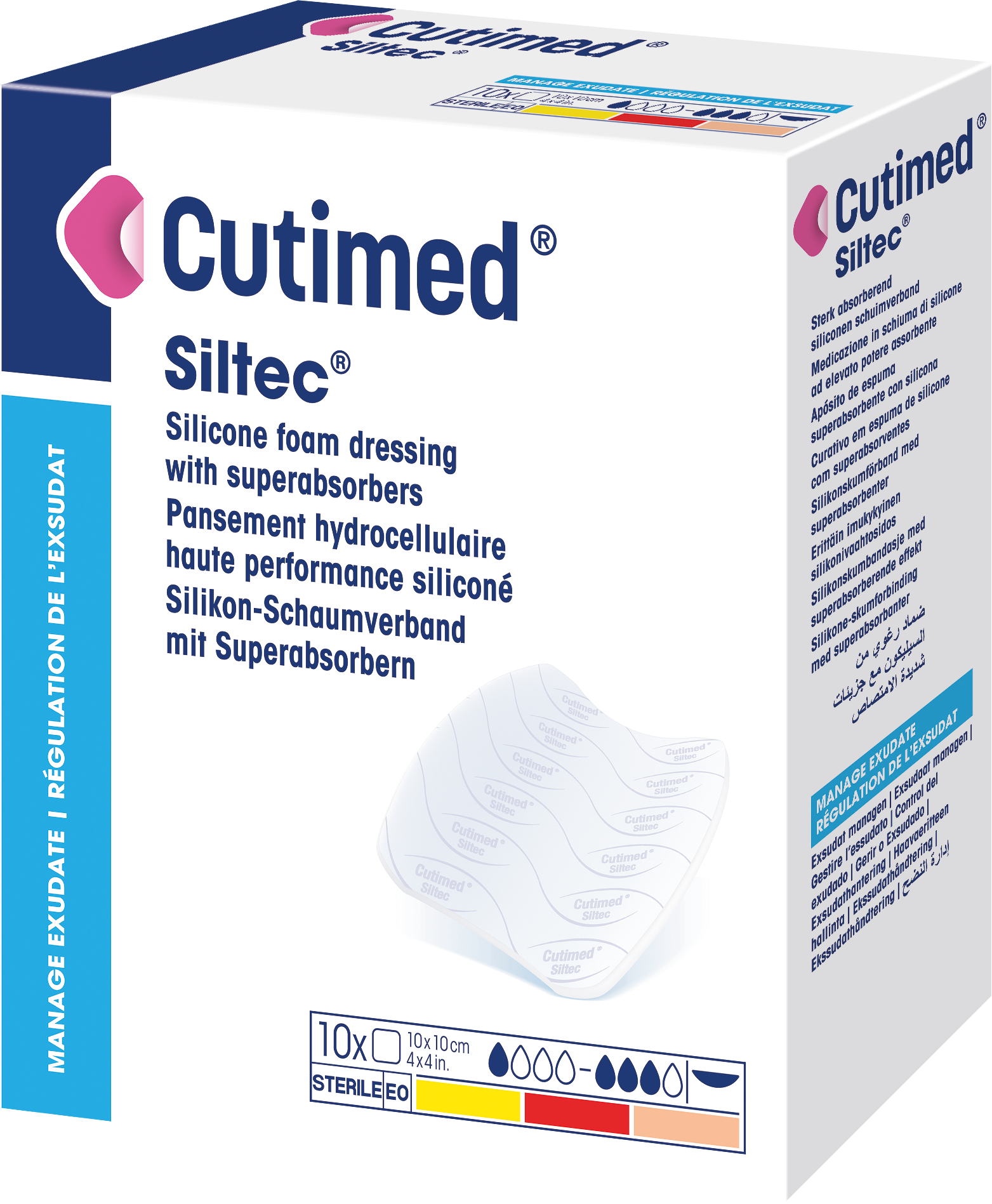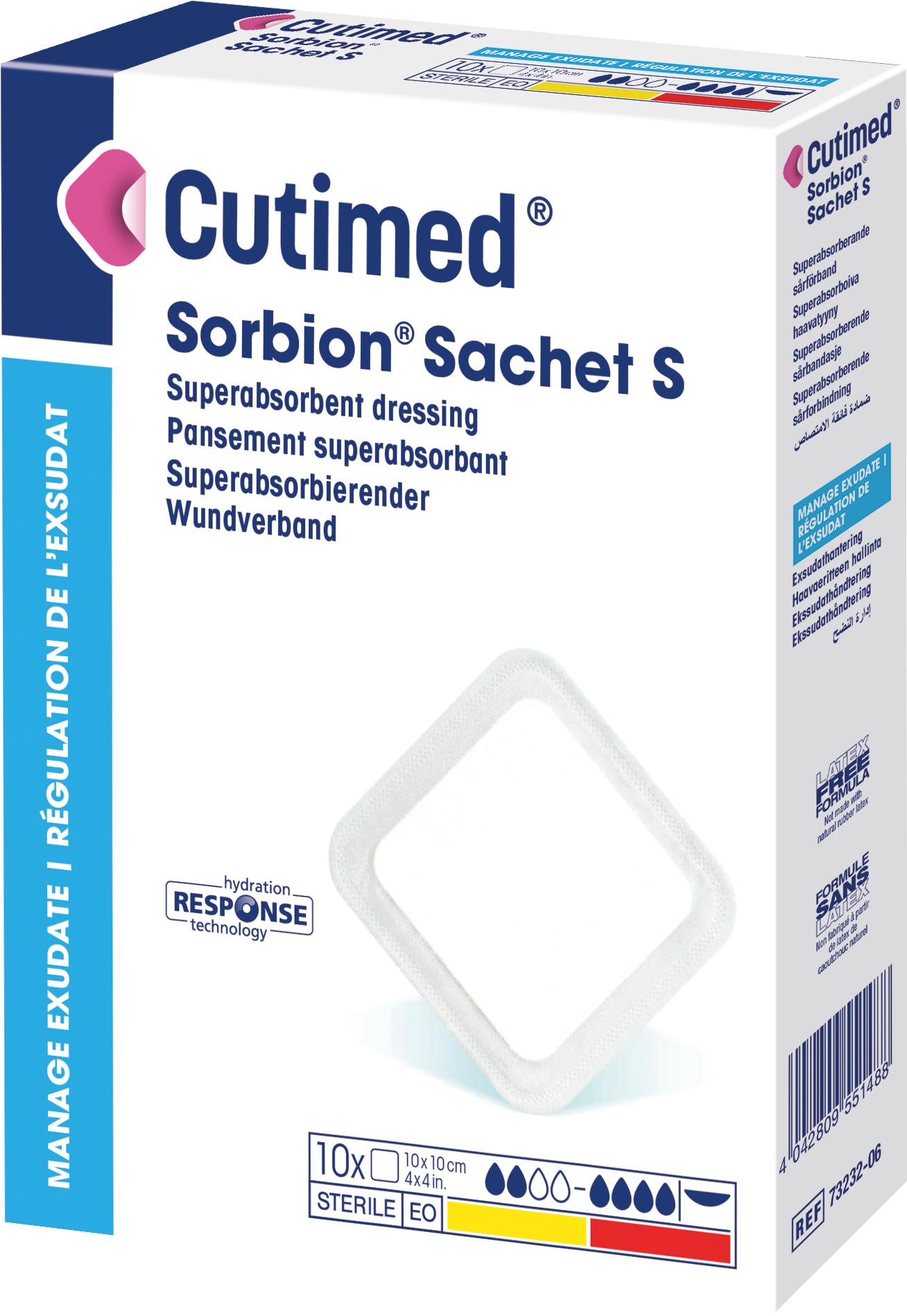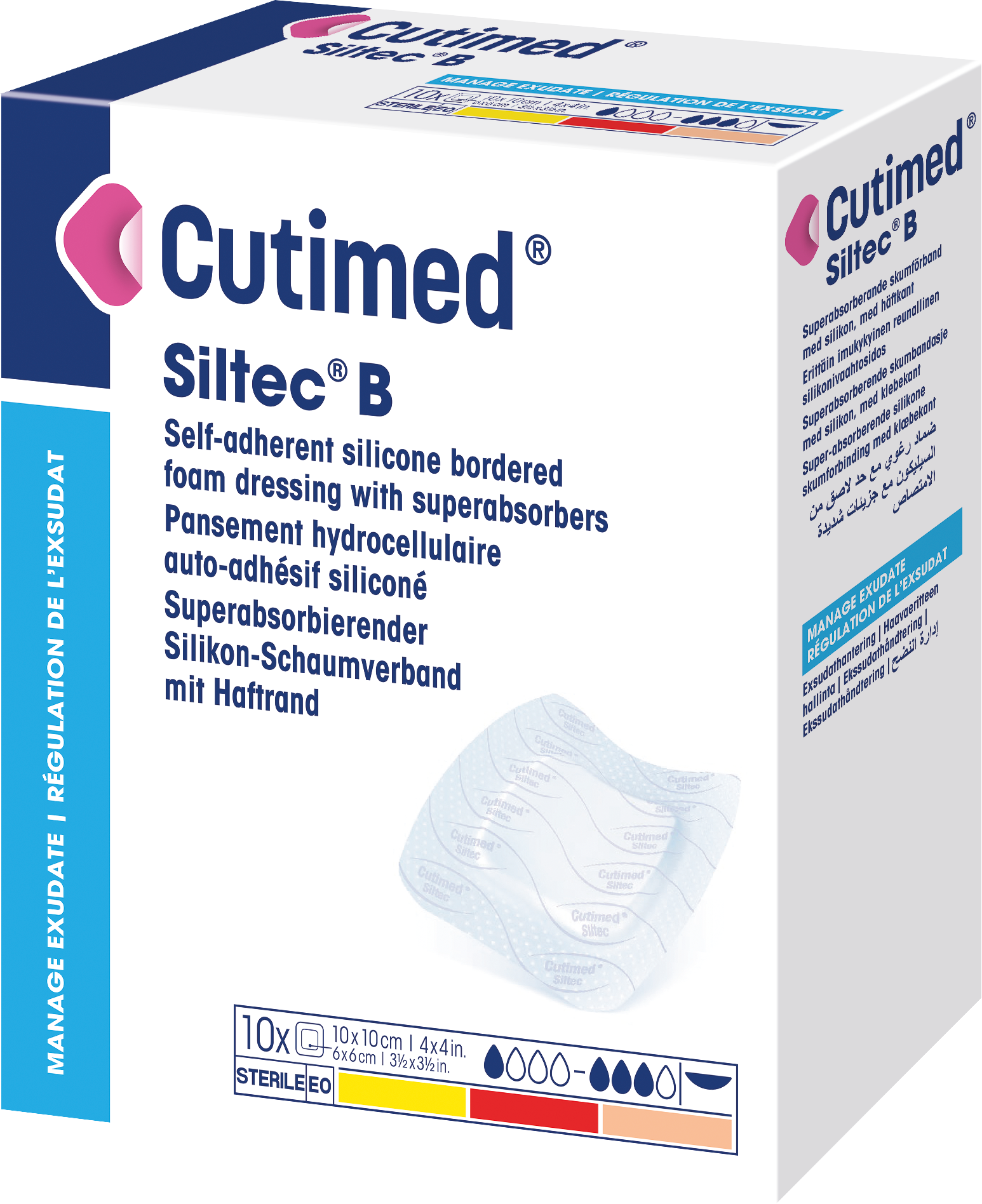is a hydrophobic bacteria binding wound dressing, based on Sorbact® Technology. The green Sorbact® wound contact layer allows passage of wound exudate into a secondary dressing.
- For use in infection wound management
- Safe removal of hydrophobic bacteria
- Effective against most common resistant pathogens






